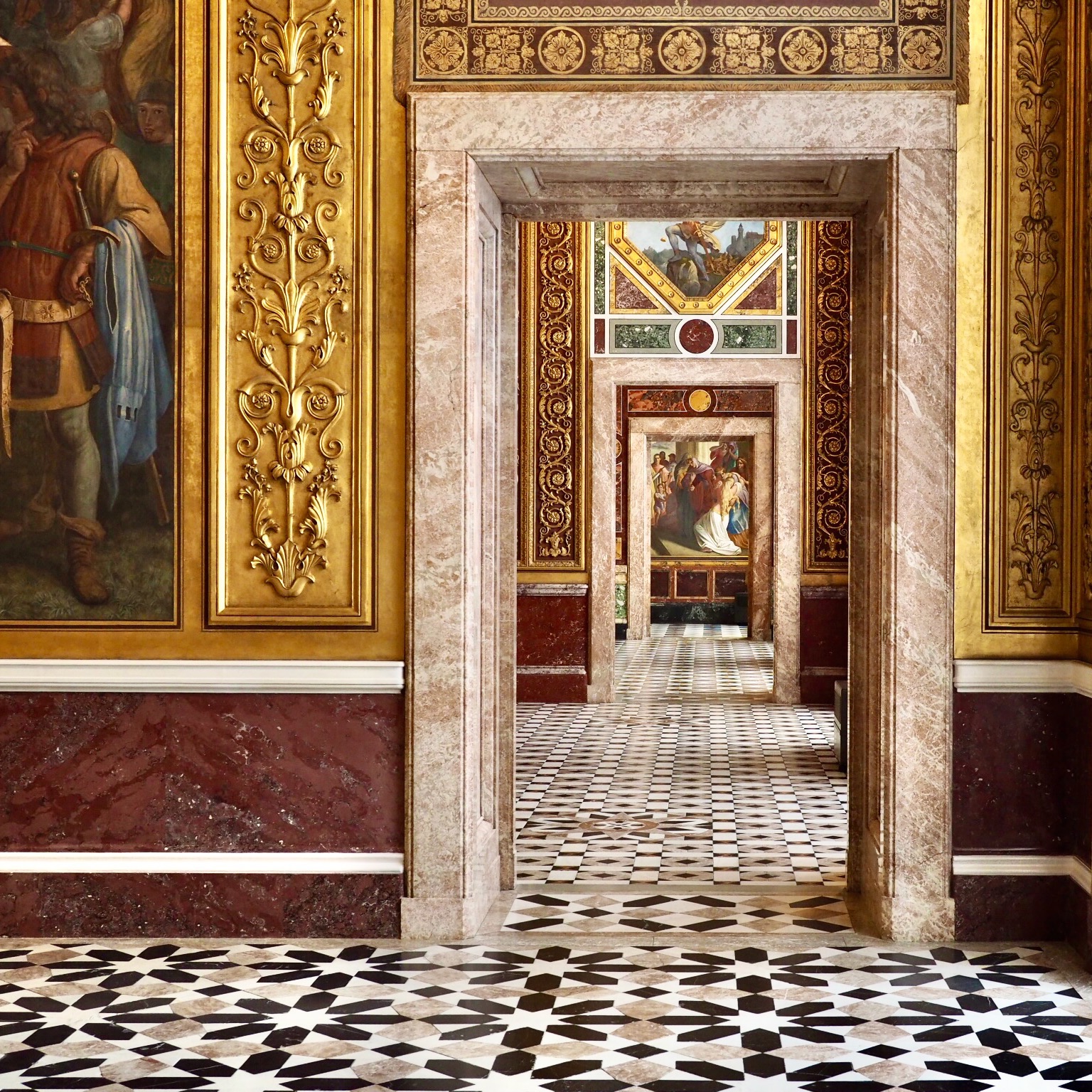
The Munich Residence (Residenz München) is a historic palace complex located in the heart of Munich, Germany. It served as the seat of government and residence of the Bavarian monarchs from the 16th to the early 20th century. It was first built in the 14th century as a castle for the rulers of Bavaria, but it was extensively expanded and remodeled over the centuries to become one of the largest and most ornate palace complexes in Europe.
The Renaissance wing of the palace was built in the 16th century under the rule of Duke Wilhelm V and his son Maximilian I, who hired Italian architects and artists to create a grandiose and opulent residence that reflected their status and power.
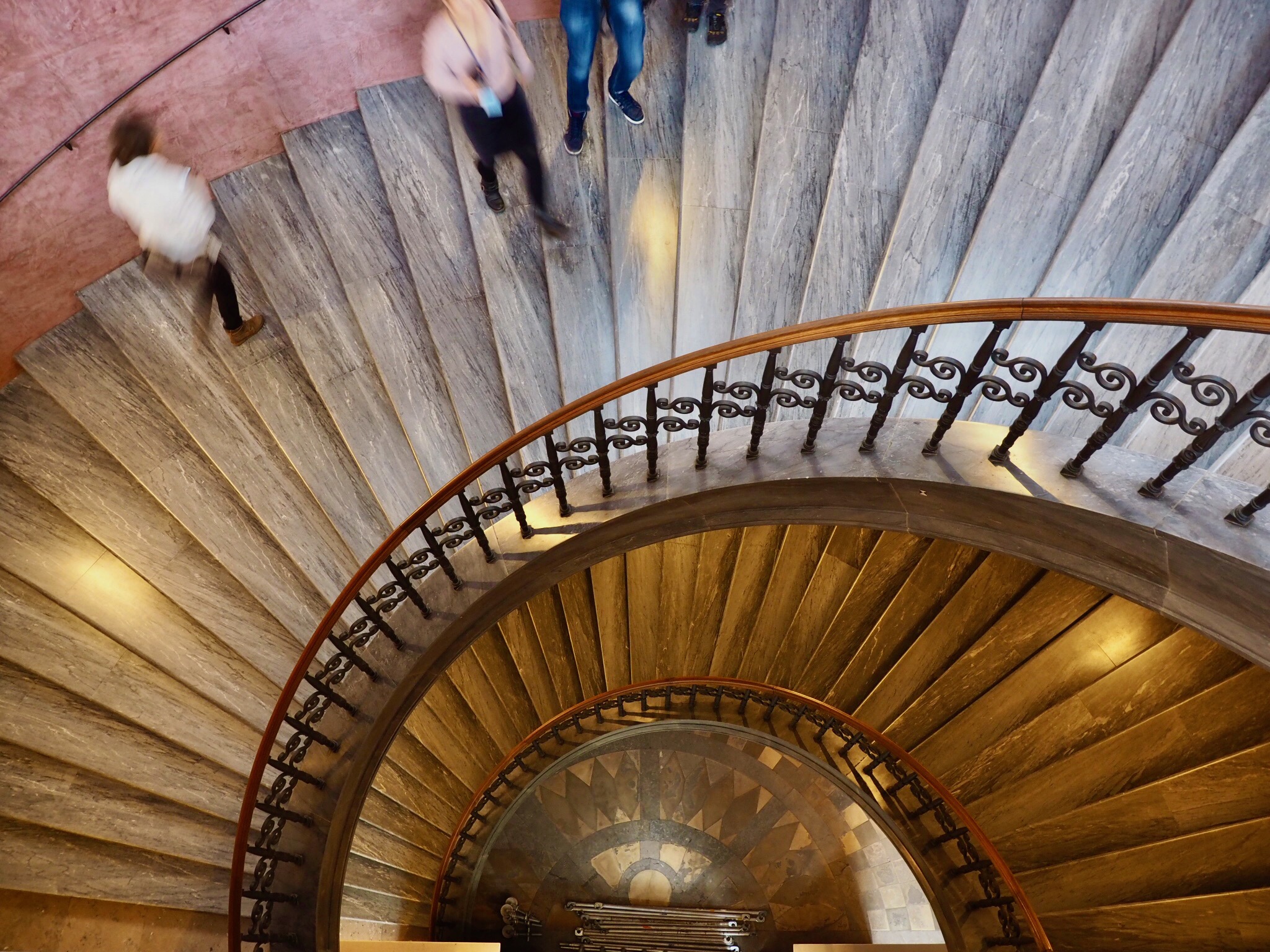
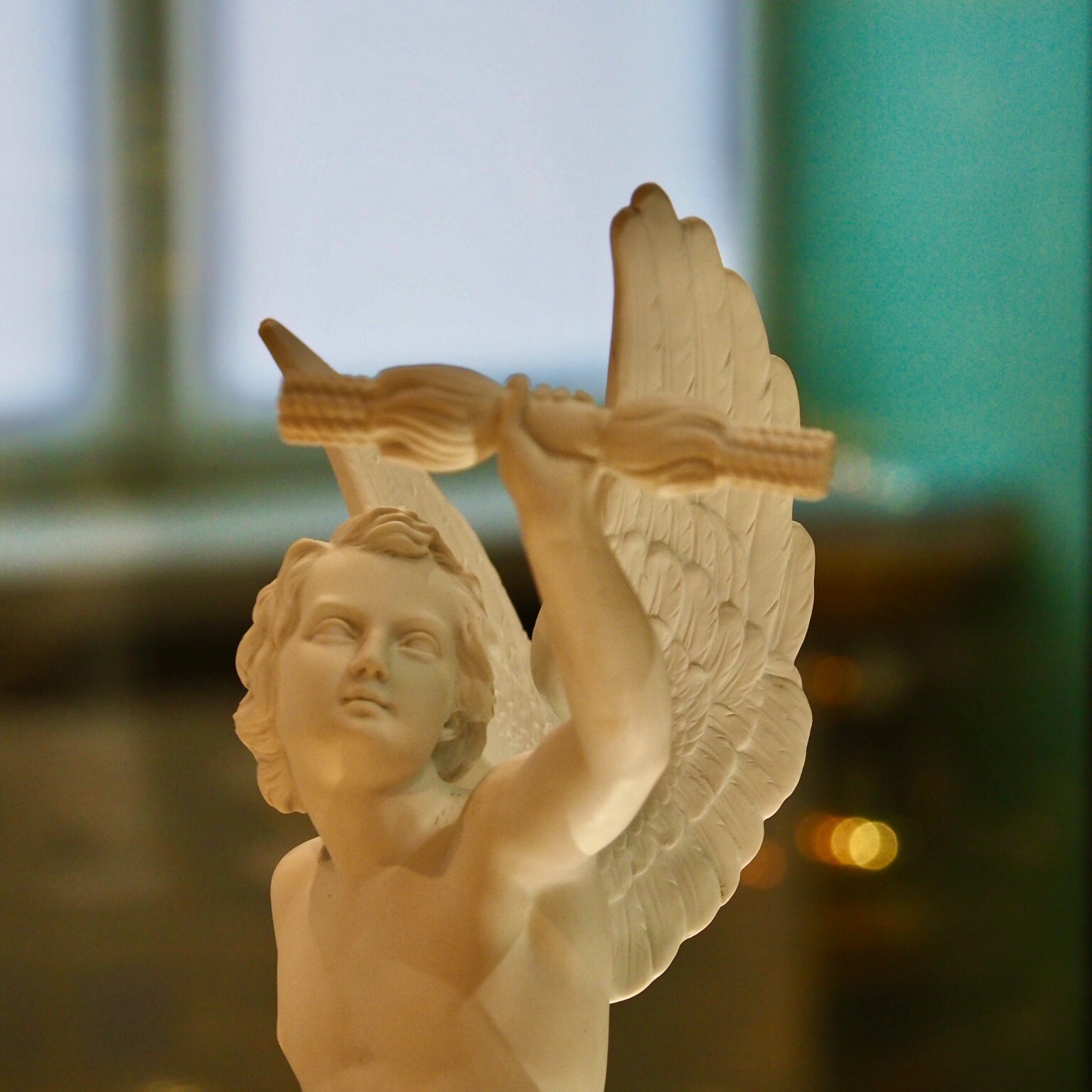
The Baroque expansion of the palace was commissioned by Elector Ferdinand Maria and his wife Henriette Adelaide in the 17th century. They hired the Italian architect Agostino Barelli and the French sculptor François de Cuvilliés to create a series of lavish halls, chapels, and apartments that combined Baroque grandeur with Rococo elegance and whimsy.
The palace complex was heavily damaged during World War II, but it was partially restored and opened to the public in the 1950s. Further renovations and expansions were carried out in the following decades, culminating in the creation of a vast museum complex that showcases the art, history, and culture of Bavaria and Europe.
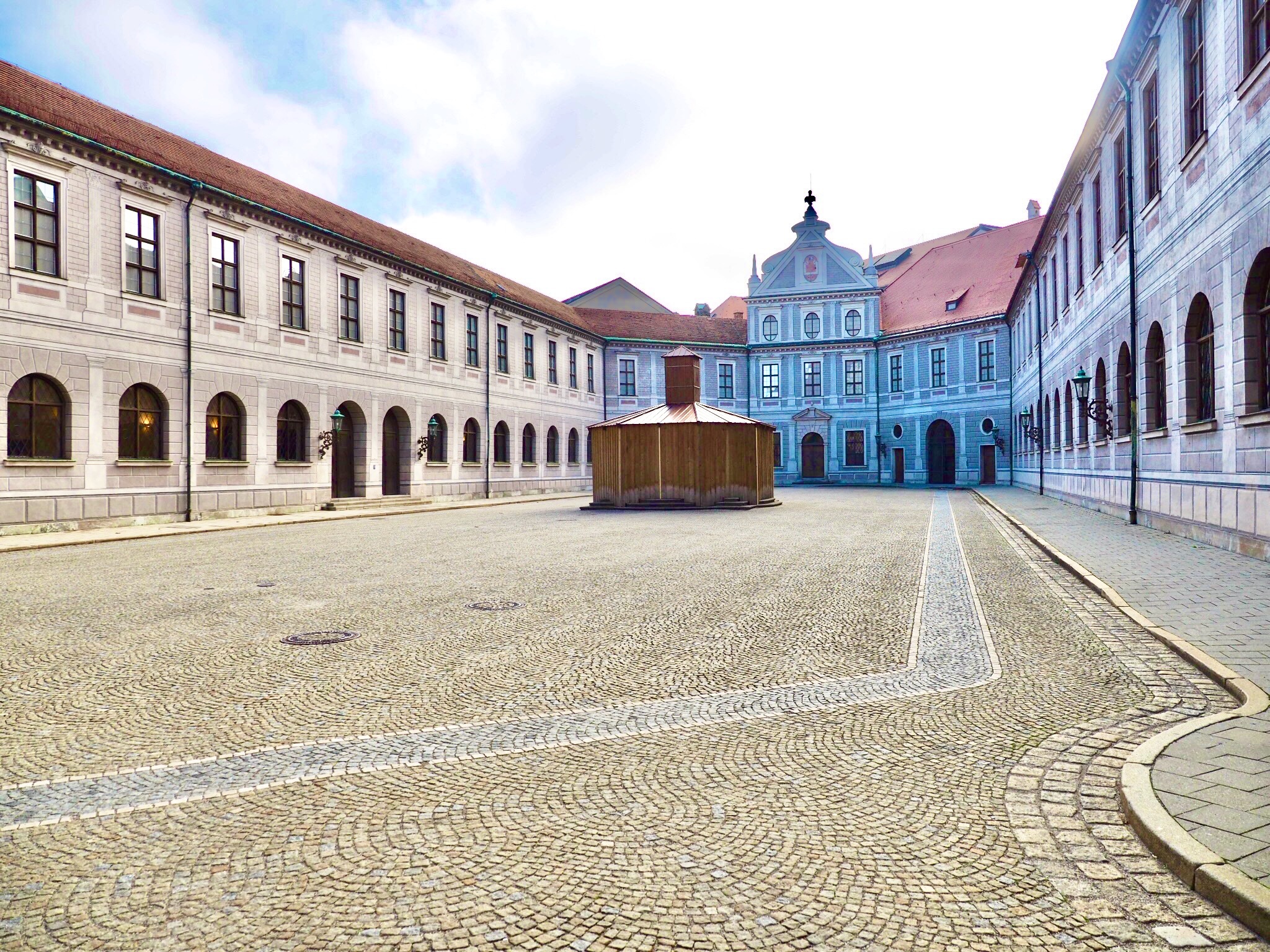
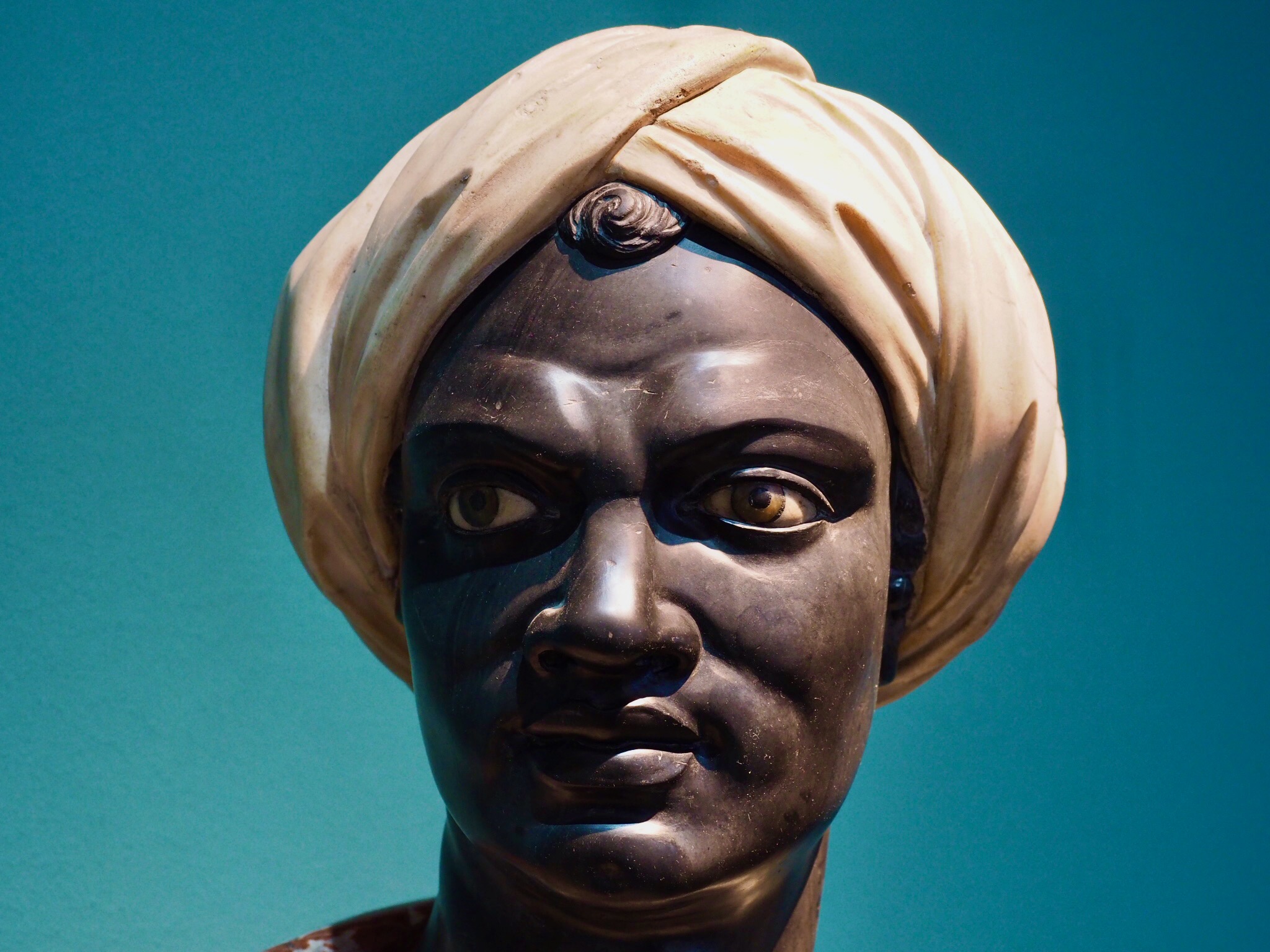
The Munich Residence features over 130 rooms and halls, including the magnificent Antiquarium (the largest Renaissance hall north of the Alps), the Court Chapel (with its stunning frescoes and stucco decorations), the Ancestral Gallery (with its portraits of Bavarian rulers and nobles), and the Cuvilliés Theatre (a jewel-box of a theater with a richly decorated interior).
The Cuvilliés Theatre was designed by the French architect François de Cuvilliés in the mid-18th century for the Bavarian court. It was originally built as a temporary theater for the wedding celebrations of Prince Elector Maximilian III Joseph and Princess Maria Anna Sophia of Saxony in 1753, but it proved so popular and successful that it was later rebuilt as a permanent theater.
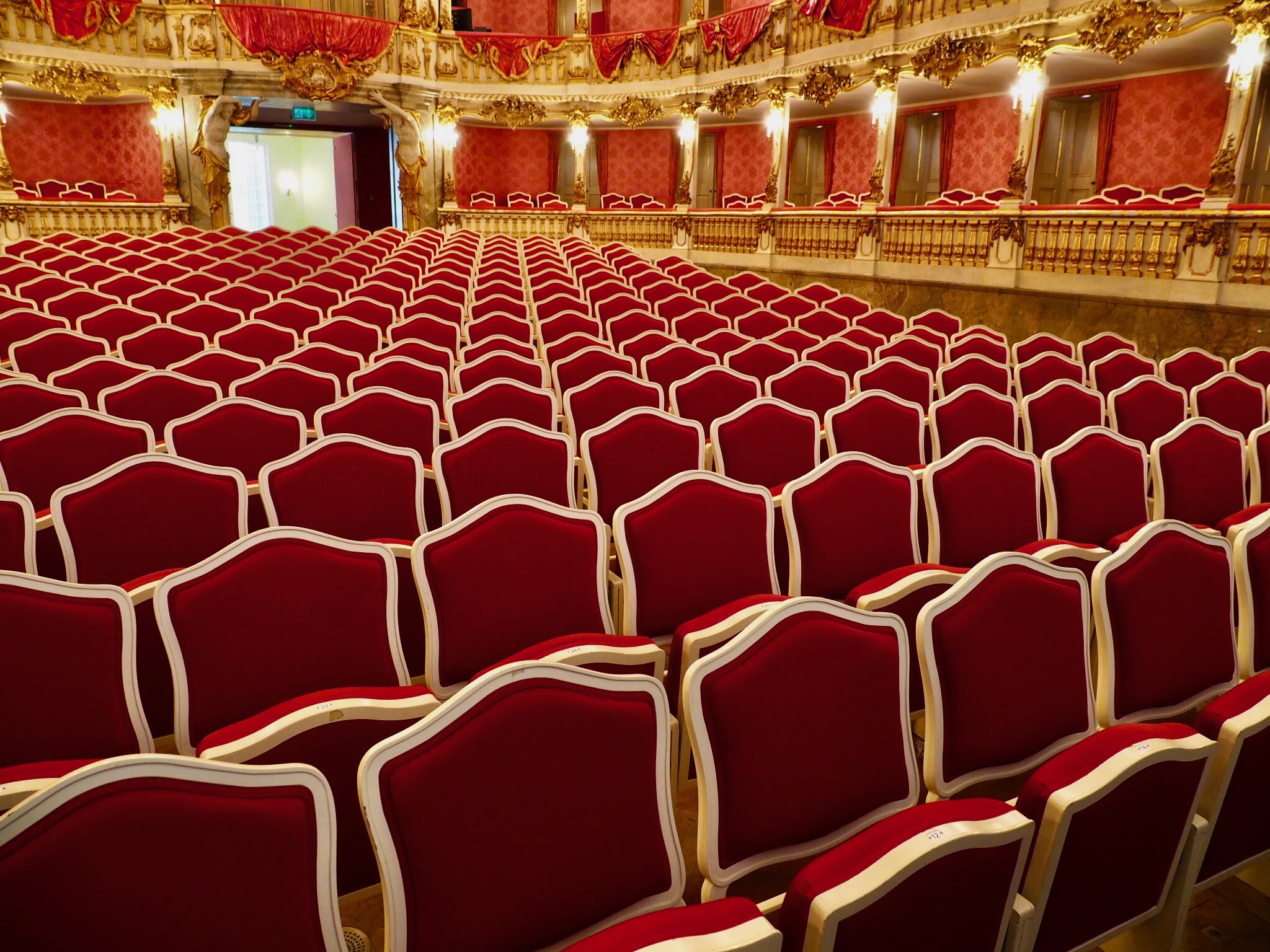
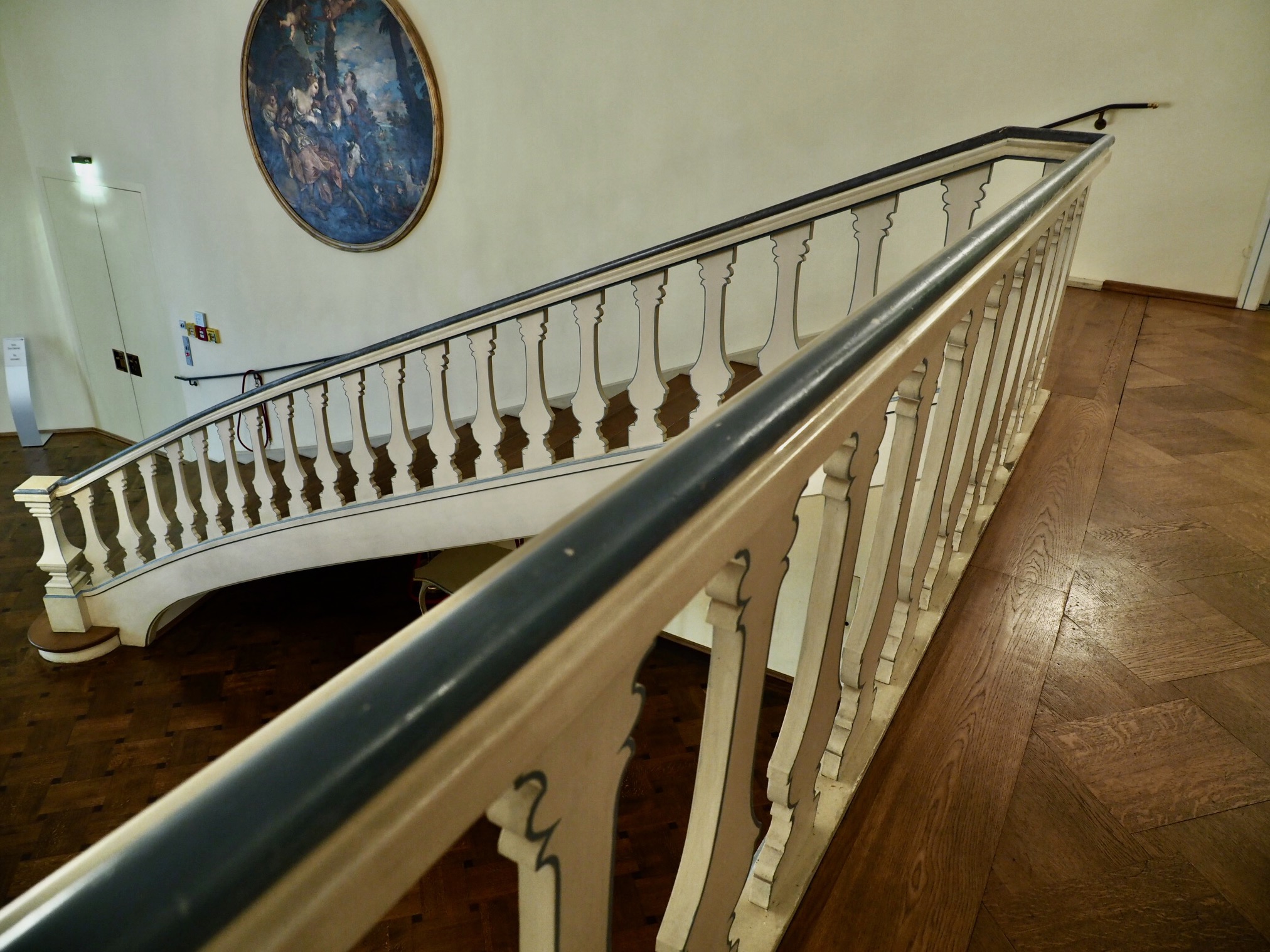
The theatre was designed to be a masterpiece of Rococo elegance and sophistication, with a richly decorated interior that combined floral motifs, pastel colors, and gilded ornaments. The stage area features a painted backdrop of a garden scene with a fountain, which can be raised and lowered to create different stage effects.

